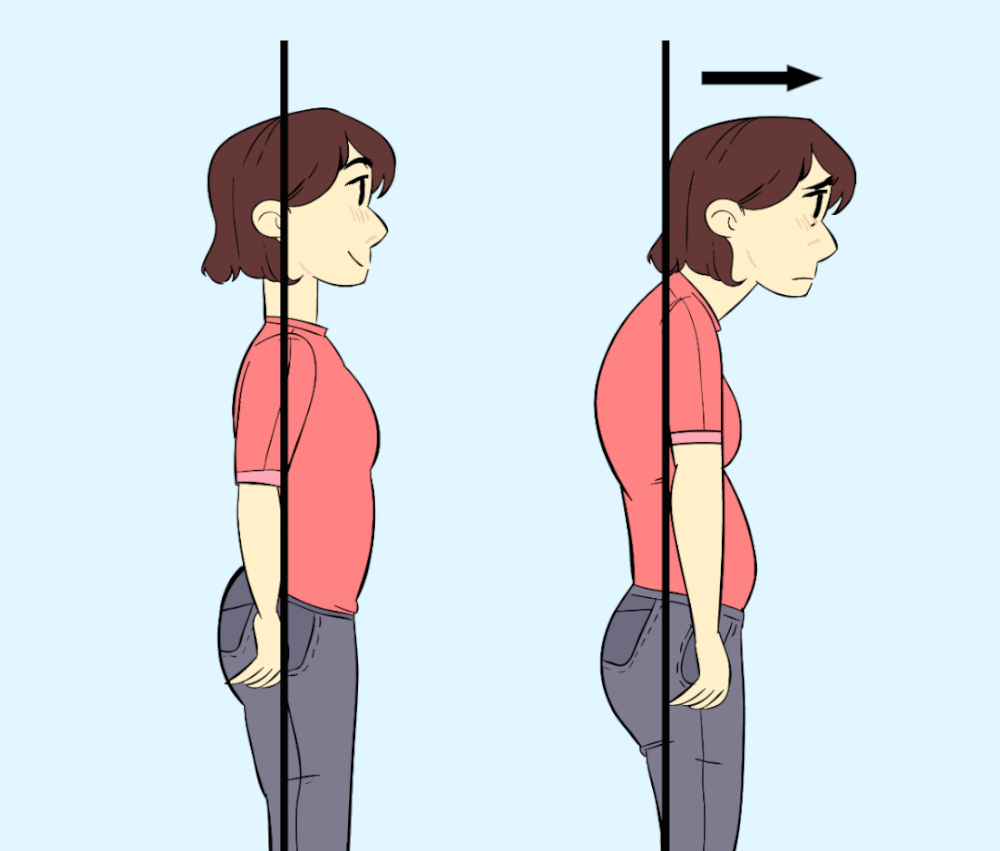Back
Posture, Pelvic Floor, and the Role of Physical Therapy
By Dr. Christine Martirez PT, DPT on 2/5/2024

Posture, the silent conductor orchestrating the harmony of our body's movements, has a profound impact on the intricate network of muscles and structures known as the pelvic floor. The interplay between posture and pelvic health is undeniable, and when misaligned, it can lead to various dysfunctions. In this blog post, we'll explore the intricate connection between posture and the pelvic floor, shedding light on how pelvic floor physical therapy serves as a powerful tool for postural re-education and the improvement of pelvic floor dysfunctions.
Understanding the Posture-Pelvic Floor Connection
The Core of Support:
Posture is the foundation upon which the pelvic floor rests. Proper alignment supports the pelvic organs, maintains continence, and ensures optimal function of the pelvic floor muscles.The Pelvic Girdle:
Posture influences the alignment of the pelvic girdle, a structure that houses the pelvic floor muscles. Changes in posture can affect the tension, strength, and coordination of these muscles.Spinal Alignment:
The spine, a central pillar of our posture, directly impacts the pelvic floor. Poor spinal alignment can lead to imbalances in the pelvic floor muscles, contributing to issues such as incontinence, pelvic pain, and sexual dysfunction.
Postural Influences on Pelvic Floor Dysfunction
Forward Head Posture:
A common modern-day posture issue, forward head posture, can contribute to pelvic floor dysfunction. Misalignment in the upper spine can create a domino effect, affecting the alignment of the entire spine and pelvic floor.Swayback Posture:
Swayback posture, characterized by an exaggerated lumbar curve, can lead to increased tension in the pelvic floor. This may result in issues such as pelvic pain and difficulty with bladder and bowel function.Pelvic Tilt:
Anterior or posterior pelvic tilting can disrupt the balance of the pelvic floor muscles. An anterior tilt may contribute to issues like stress incontinence, while a posterior tilt may lead to difficulties in bowel movements.
The Role of Pelvic Floor Physical Therapy
Comprehensive Assessment:
Pelvic floor physical therapists conduct thorough assessments to identify postural imbalances and their impact on pelvic floor function. This includes evaluating muscle tone, strength, and coordination.Customized Treatment Plans:
Based on the assessment, therapists develop personalized treatment plans to address both postural misalignments and pelvic floor dysfunctions. These plans may include a combination of exercises, manual therapy, and biofeedback.Postural Re-Education:
Pelvic floor physical therapy places a strong emphasis on postural re-education. Therapists work with individuals to improve body awareness, correct alignment issues, and promote optimal posture for pelvic health.Strengthening and Stretching Exercises:
Targeted exercises are prescribed to strengthen weakened muscles and stretch tight ones. This includes exercises for the pelvic floor, core, and other postural muscles.Biofeedback and Relaxation Techniques:
Biofeedback is utilized to provide real-time information about muscle activity, aiding individuals in becoming more aware of their posture and pelvic floor function. Relaxation techniques are also employed to release tension in the pelvic floor.Functional Integration:
Therapists guide individuals in applying proper posture and muscle engagement to daily activities. This ensures that postural improvements are integrated into everyday life for sustained benefits.
Empowering Individuals for Long-Term Pelvic Health
Education and Self-Care:
Pelvic floor physical therapy empowers individuals with knowledge about the connection between posture and pelvic health. Education on self-care practices and lifestyle modifications further supports long-term pelvic health.Preventive Strategies:
Beyond addressing existing issues, pelvic floor physical therapy equips individuals with preventive strategies. This includes guidance on maintaining good posture, incorporating movement into daily routines, and recognizing early signs of postural issues.
The dance between posture and pelvic health is a dynamic and intricate symphony, where each note contributes to the overall well-being of the body. Pelvic floor physical therapy emerges as a conductor, guiding individuals toward optimal alignment, improved posture, and enhanced pelvic floor function. By embracing the symbiotic relationship between posture and the pelvic floor, individuals can embark on a journey of improved health, comfort, and confidence in their bodies.
Do you feel your posture impacts your pelvic floor muscles? Then pelvic floor physical therapy is for you! Here at Pelvic Health Center, our highly experienced team will be able to help craft a plan of care that suits your goals. Feel free to call us at 908-443-9880 or email us at contact@pelvichealthnj.com.
Read More:
How Chronic Pelvic Congestion in Men Contributes to Prostatitis By Shannon Strauch, PTA, STMT-1 on 12/11/2024 How lymphatic issues can cause symptoms of prostatitis Prostatitis and Tight Pelvic Floor Muscles: A Comprehensive Guide By Shannon Strauch, PTA, STMT-1 on 12/10/2024 How a tight pelvic floor can be the reason for prostatitis symptoms
Are you ready to live pain free?
Request An Appointment